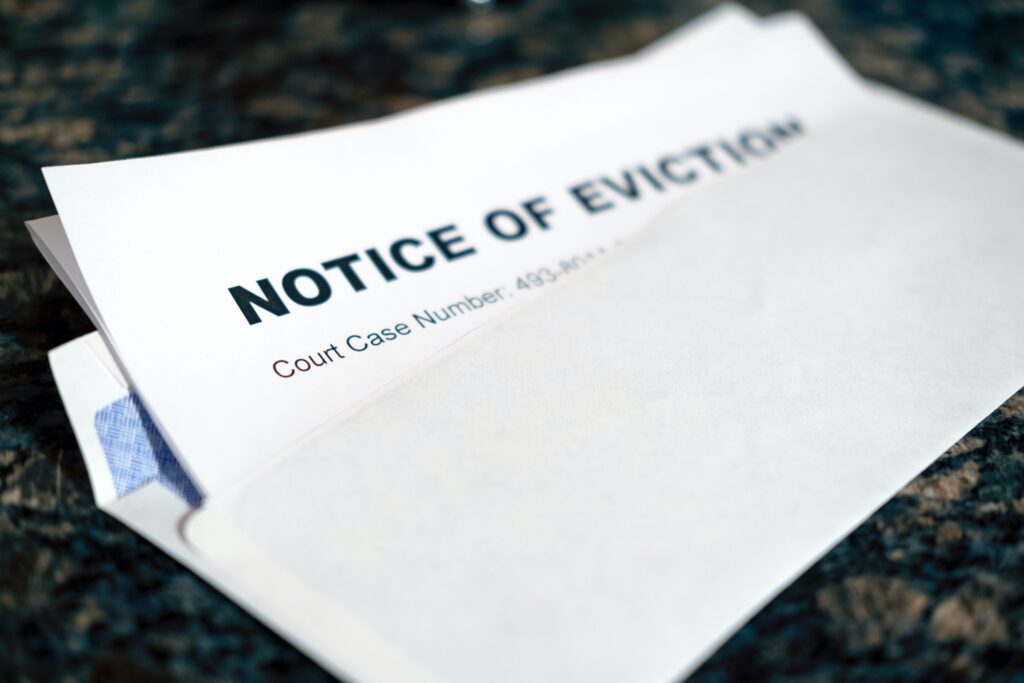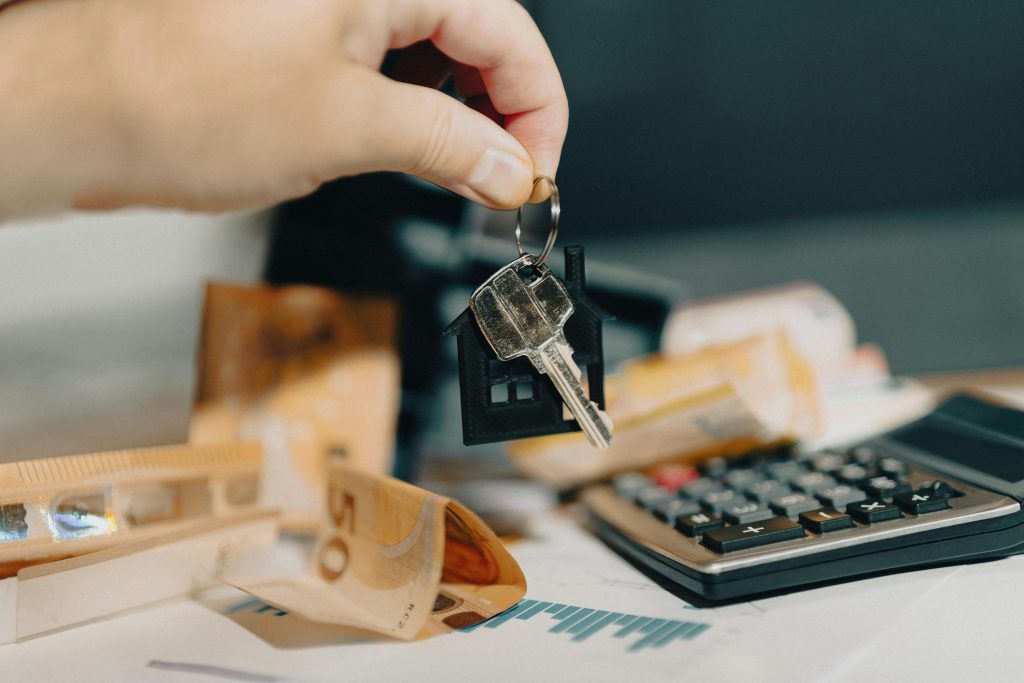Property transactions involve various legal documents, each serving specific purposes. Two of the most important are the Deed of Transfer (TR1) and the Memorandum of Sale. While they might sound similar, these documents play distinct roles at different stages of buying and selling property.
Understanding these differences matters for anyone involved in property transactions, whether buying, selling or transferring ownership.
What is a Deed of Transfer?
A Deed of Transfer, also known as a TR1 form in England and Wales, is the legal document that moves ownership of property from one person to another. It records the official handover of property rights and must be registered with the HM Land Registry to complete the transfer.
Purpose of the Deed of Transfer
The TR1 form serves as proof that property ownership has changed hands. It contains essential details about the property, the seller (transferor) and the buyer (transferee). The document also includes any specific conditions attached to the transfer, such as rights of way or restrictions on use.
Who prepares the Deed of Transfer?
Solicitors or licensed conveyancers typically prepare the TR1 form. These legal professionals see to it that all details are correct and the document meets HM Land Registry requirements. They submit the deed for registration after completion of the sale.
What is a Memorandum of Sale?
A memorandum of sale is a document that confirms the details of a property transaction after the buyer’s offer has been accepted by the seller. It is typically issued by the estate agent or the selling party’s representative and serves as a formal summary of the agreement between the buyer and seller.
While it is not legally binding, the memorandum of sale outlines key details, such as:
- Names and contact information of the buyer and seller
- Agreed purchase price
- Details of the property being sold
- Contact information for the solicitors or conveyancers representing both parties
- Any specific terms or conditions of the sale
The memorandum of sale is an important step in the conveyancing process, as it initiates the legal work required to transfer ownership of the property. Both parties’ solicitors use this document to prepare contracts and carry out necessary checks, such as property searches and surveys.
When is a Memorandum of Sale needed?
A memorandum of sale is needed in the UK property transaction process immediately after a seller accepts a buyer’s offer on a property. It acts as a formal notification that the sale is progressing and initiates the conveyancing process for both parties.
Key differences between Deed of Transfer and Memorandum of Sale
While these documents might seem similar at first glance, they serve very different purposes in property transactions. Knowing these key differences helps explain why both are typically needed when buying or selling property.
| Deed of Transfer | Memorandum of Sale | |
| Purpose | Transfers legal ownership | Confirms initial agreement |
| Timing | At completion | After offer acceptance |
| Content | Legal ownership details | Buyer, seller, price, terms |
| Legal Status | Legally binding | Not legally binding |
| Prepared By | Solicitor/conveyancer | Estate agent |
Why both documents matter in property transactions
The memorandum of sale is vital for the following reasons:
a. Initial Agreement Confirmation
- It formalises the acceptance of an offer and ensures all parties—buyer, seller, estate agents, and solicitors—are on the same page regarding the key details of the transaction (e.g., price, property, parties involved, and timescales).
- Reduces confusion or disputes about the terms agreed upon during negotiations.
b. Starts the Conveyancing Process
- It triggers the legal and administrative work required to complete the transaction, such as property searches, drafting contracts, and arranging financing.
- It provides solicitors and conveyancers with the basic information they need to proceed.
c. Non-Binding Yet Critical
- Although not legally binding, it sets expectations and provides clarity about the sale’s progress, reducing misunderstandings that could delay the process.
d. Keeps the Process on Track
- By outlining terms and key points early on, it ensures that all parties remain aligned, helping to avoid delays or unnecessary legal work.
The deed of transfer is indispensable because it serves as the final, legally binding document that completes the property transaction.
a. Legal Transfer of Ownership
- It is the document that officially transfers ownership of the property from the seller to the buyer.
- Without it, the buyer cannot legally claim the property, and the transaction is incomplete.
b. Compliance with Legal Requirements
- It is required for registration with HM Land Registry, which records the new ownership and provides proof of the buyer’s legal title to the property.
- Ensures compliance with UK property laws, protecting the buyer’s investment.
c. Protects Both Parties
- The deed outlines the seller’s and buyer’s legal obligations and rights, preventing potential disputes over ownership or terms after the sale is completed.
d. Final Step in the Process
- It marks the completion of the sale, when all payments are made, and the property legally changes hands.
Why people sometimes get confused between these documents
One reason people might get confused between these two documents is because a deed of transfer is sometimes referred to as a ‘deed of sale’. In such cases, the wording might appear somewhat similar to that of memorandum of sale, hence the confusion.
Another reason for confusion might be that both documents discuss many of the same attributes of the property transaction, such as the buyer, the seller, the price etc.
How to sell a property faster
Property transactions involve complex legal documents and processes. If you need to sell quickly or face challenging circumstances, Property Rescue can help. We can buy your property directly from you for cash. Our solicitors can handle all the legal aspects at no cost to you, including document preparation. Plus, we can buy your property in just 7 days. Get a free, no-obligation quote to see how much your home is worth.





